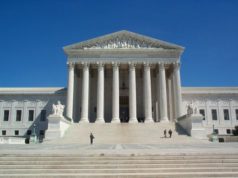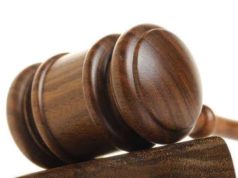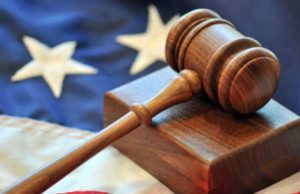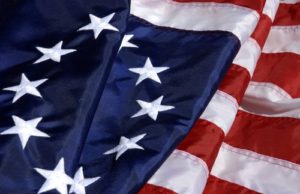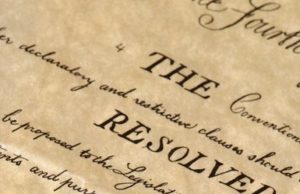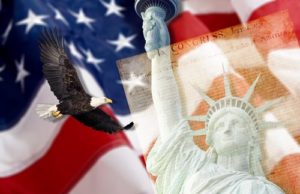
Freedom of the press is a cornerstone of American democracy, enshrined in the First Amendment to the U.S. Constitution. This right, which guarantees the ability of journalists to report on government actions and hold those in power accountable, has been the subject of numerous Supreme Court cases over the years. In this article, we’ll explore some of the most important cases related to the concept of the press in the Supreme Court.
Near v. Minnesota (1931)
One of the earliest Supreme Court cases related to the press was Near v. Minnesota. This 1931 case centered on a Minnesota law that allowed officials to shut down any newspaper or publication that was deemed “malicious, scandalous, and defamatory.” The Court ruled that the law was unconstitutional, holding that prior restraint (government intervention prior to publication) was only acceptable in the narrowest of circumstances, such as national security concerns.
New York Times Co. v. Sullivan (1964)
Another important case related to the press is New York Times Co. v. Sullivan. This 1964 case involved a libel lawsuit against the New York Times, brought by an Alabama city official who claimed that the newspaper had printed false and damaging statements about him. The Supreme Court established a new standard for libel claims involving public figures, requiring plaintiffs to prove that false statements were made with actual malice (knowledge of their falsity or reckless indifference to the truth). This decision has had significant implications for press freedom, as it makes it more difficult for public figures to successfully sue the press for libel.
Pentagon Papers Case (1971)
The Pentagon Papers Case, also known as New York Times Co. v. United States, was a 1971 case that related to the publication of classified documents related to the Vietnam War. The Nixon administration sought to prevent the New York Times and other newspapers from publishing the documents, claiming that they would harm national security. The Supreme Court ruled in favor of the newspapers, holding that the government could not prevent their publication, as prior restraint was only justified in the most extreme circumstances.
New York Times Co. v. United States (1971)
In 1971, the Supreme Court decided another case related to the publication of classified documents. New York Times Co. v. United States, also known as the “Pentagon Papers case,” established that the government must prove a “grave and irreparable” threat to national security before seeking to prevent the publication of classified information. The decision strengthened the press’s ability to report on government actions, particularly those related to national security.
Conclusion
The concept of the press is essential to American democracy, and the Supreme Court has played an important role in shaping the legal framework that protects press freedom. The cases discussed above are just a few examples of the many cases related to the press that the Supreme Court has heard over the years. Through its decisions, the Court has established important principles related to press freedom, including the importance of limiting prior restraint and protecting journalists’ ability to report on government actions. As we continue to confront new challenges related to press freedom, it is important that we continue to engage with the Court’s decisions and work to protect this essential aspect of American democracy.
The 1964 case New York Times v. Sullivan is generally considered one of the most significant developments in the broadening of the freedom of the press for the decision which the Supreme Court made on it.
The case arose from an advertisement printed by the New York Times advocating for Martin Luther King, Jr. and containing statements against the Montgomery, Alabama police force. Alabama officials who felt offended by the advertisement brought a libel action against the newspaper.
The Supreme Court found in favor of the press organization, holding that for libel to be proved the complainant would have to show that the press had possessed “actual
malice” in reporting facts which they knew to be untrue. This ruling thus established a new yardstick to which public figures and government figures would have to measure up to in pressing libel suits against the press. It also generally acted to expand the right to freedom of the press.
Prior to this ruling, much of the press felt constrained by libel laws from reporting as fully as they would have liked on civil rights issues and protests in the South, fearing that the states in question might sue them for their reporting. The law thus expanded the ability of the press to widely cover the civil rights issue and other controversial topics.









